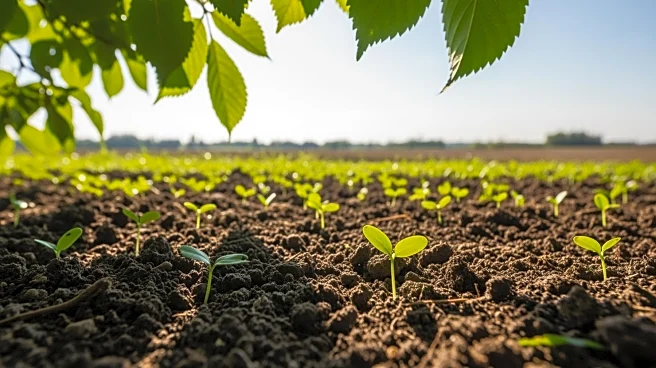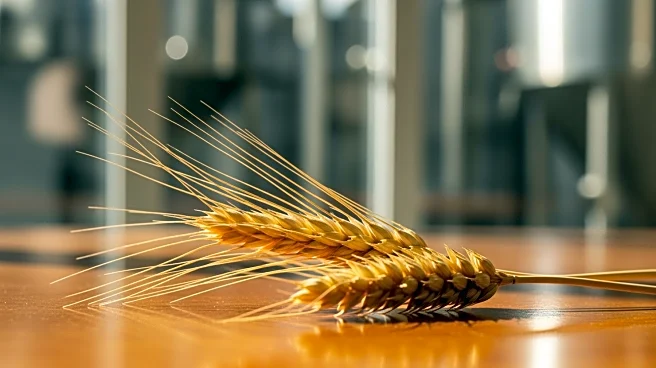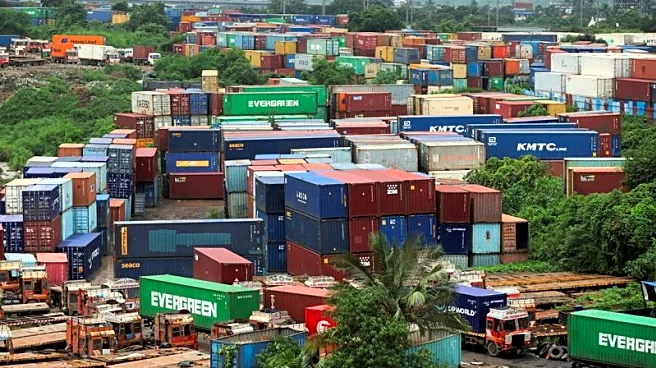What's Happening?
The Uttar Pradesh Agriculture Department has flagged a low response to the mandatory Farmer Registry process, putting approximately 18,000 farmers at risk of missing out on the benefits of the Pradhan
Mantri Kisan Samman Nidhi Yojana. Despite repeated appeals, only 48,000 out of 59,000 registered farmers are currently receiving benefits. The registry is crucial for accessing government schemes, and those who fail to register by November 19 will not receive the next instalment of PM-Kisan benefits. The registry aims to streamline farmer data, ensuring transparency and reducing paperwork.
Why It's Important?
The low registration rate could have significant implications for farmers in Uttar Pradesh, potentially depriving them of financial support from government schemes. This situation highlights the challenges in implementing digital systems in rural areas, where access to technology and awareness may be limited. The registry is designed to improve efficiency and transparency, but its success depends on widespread participation. Failure to register could exacerbate financial difficulties for farmers, impacting agricultural productivity and economic stability in the region.
What's Next?
The Agriculture Department is likely to intensify efforts to encourage registration, possibly through outreach programs or assistance at local centers. Farmers may need additional support to navigate the registration process, especially in remote areas. The department may also consider extending deadlines or implementing alternative measures to ensure farmers receive benefits. Stakeholders, including local governments and agricultural organizations, may play a role in facilitating registration and addressing barriers faced by farmers.
Beyond the Headlines
The situation underscores the broader issue of digital literacy and access in rural India. As government schemes increasingly rely on digital platforms, ensuring equitable access and understanding becomes crucial. This development may prompt discussions on improving infrastructure and education to support digital transitions in agriculture.













